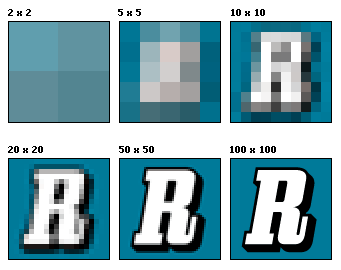Unit 13: Understanding the games industry - Contractual Issues
Contracts:
A contract is a legally binding agreement between two or more parties. Contracts are largely written but there can be oral agreements as well. Contracts are usually to do with terms of employment, sale or lease and tenancy. Employment contracts are used to set the terms of your employment, i.e. what the company expects you to do and what the company has to do for you. Games industry contracts will include clauses about benefits, inventions, confidentiality and non-competing. Benefits include: health insurance, pension, holiday, bonuses and your wage. Sometimes stock options and royalties are covered, but this is rare unless you actually own the company. Confidentiality is about what is allowed to be said regarding company information outside of the company. The company does not want you leaking information to actual and potential competitors This will also mention what will happen to you if you do leak information. The Inventions clause talks about what happens if you come up with and divulge a game idea during your employment. The most common result is that the company is the automatic owner of the idea, regardless of whether or not they actually use it. The non-compete clause restricts higher-level employees from quitting and forming their own company after learning the companies secrets. It only restricts them for a certain amount of time.
Development Agreements:
A development agreement is a contract between a game developer and a publisher. It describes the terms of the deal between the two companies. There is always an introduction in which the names and industry of the companies are stated, to keep things clear as to what each company specialises in. The next part of the agreement is the terms. This describes in, extreme detail, how much the publisher pays the developer, the time-frame the developer has to create the game and if there are royalties, how much the royalty rate is. The obligations and what each party expects of each other are all described in detail. The ownership clause writes out in detail who owns the rights to the Intellectual Property i.e. who owns what with regards to the game idea. Sometimes neither party owns the rights, as the original owner may be someone else, like an author if its a game adaptation of a book. The warranty part describes and explains that the developer will not use any other licensed/copyright IP, so the publisher will not get sued for any developer discrepancies. The publisher also has to swear that it has to ask the developer to create a game, so the developer does not get sued for any of the publisher's discrepancies. There is also a part about what happens if there is a lawsuit. Termination is about what is needed for the deal to end, as well as what happens to the game if it is not fully completed and released. This would also link in with the legal details that are related to the contract, such as copyright issues, contracts and in what manner would the agreement end. At the very end of the agreement is the appendices, which just go over certain things like milestones and payment schedules, the game design document is attached, the royalties calculation, confidentiality agreements and ownership of the IP.
License Agreements
When a publisher wants to create a game adaptation of a film or book, they often need to obtain the license via a contract between publisher and the IP owner. The contract spells out what is being agreed to and what the publisher has the rights to. This could be characters, music, the story, the world or visuals. The publisher usually only gets the license to create a game on the Xbox or PlayStation consoles, if they want to develop an adaptation for the PC or Wii, the publisher will have to pay more for that right. The agreement will also specify which territory the game can be published in. All publishers want worldwide rights but this is very expensive and most publishers stick to their home region, whilst sub-licensing the game to other publishers in other regions. The length of time the contract is active is not that long, as publishers and people will often lose interest in an idea relatively quickly, so most agreements do not last for more than 5 years. The finances part of the agreement spell out how much money the publisher will pay the IP holder for the license. This is usually an up-front payment as well as royalties based on sales.
Non-Disclosure Agreements, Disclosure Agreements and Confidentiality Agreements:
When one company wishes to do business with another company, they have to first disclose certain secrets of their business, such as new technology or the idea for a particular game. The other company then has to swear that it will not divulge these secrets until the official announcement date, otherwise there would be some serious lawsuits involved, like the offending company paying for all the legal fees and damages done to the other company, resulting in some NDA's being trickier to sign than others.
Collaboration Agreements:
This type of agreement lays down in writing who owns what with regards to hobbyist and indie games, as the usual lack of any contracts with these often confuses the whole proceedings. The vast majority of indie games fail and one cause of this is often the internal disagreements between who owns what and who is supposed to be doing this, that and the other. A collaboration agreement sets explains in extreme detail how the game is managed, who owns the IP, the intended use of the game and how any income is parceled out between the developers.
